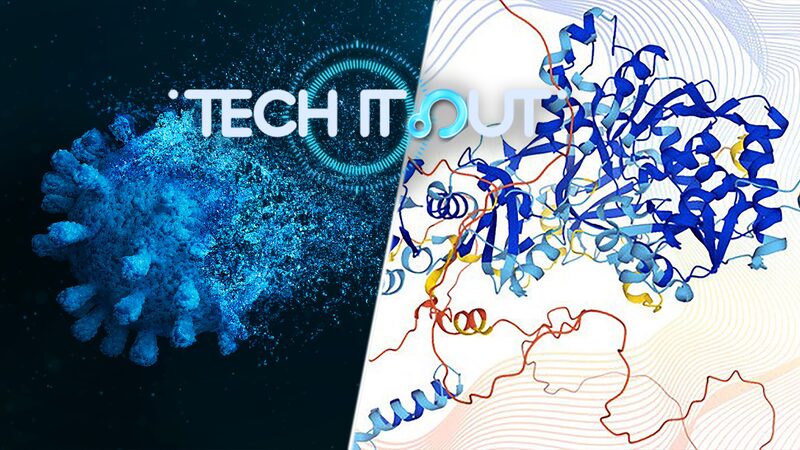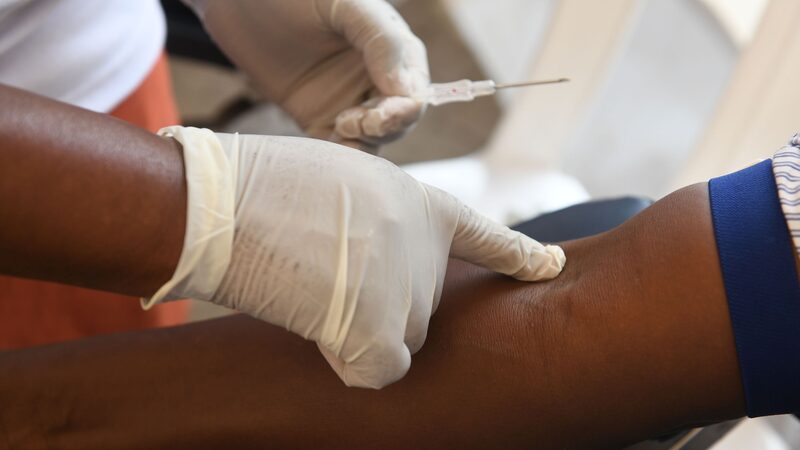Guangzhou, China — Chinese scientists have harnessed the power of the Tianhe-2 supercomputer to identify a promising new strategy for treating diabetic complications.
The Tianhe-2, located in Guangzhou City in south China’s Guangdong Province, ranks 16th among the world’s top 500 fastest computers as per the latest TOP500 Project list. This high-performance machine has become a pivotal platform for drug discovery efforts.
Researchers from Sun Yat-sen University, utilizing the Virtual Screening on Tianhe-2 (VSTH), a high-throughput screening platform running on the supercomputer, have discovered that 2MBC—a branched-chain acylcarnitine—can significantly accelerate blood clot formation in the body.
“Our findings open up new avenues for therapeutic targets and innovative strategies to combat complications associated with metabolic disorders like diabetes,” said the research team.
The Tianhe-2 team plans to enhance the drug discovery platform further, leveraging abundant data resources and the supercomputer’s superior performance to drive groundbreaking innovations in biomedicine.
Diabetes is one of the most prevalent chronic conditions globally, often leading to severe complications such as blood clot formation, which is a leading cause of disability and mortality among diabetic patients.
The study revealed that 2MBC directly affects platelets, enhancing their ability to aggregate, spread, and contract—a phenomenon observed in both rodents and humans. Interestingly, as 2MBC is a metabolite produced by gut microbiota, pre-treatment with antibiotics to eliminate gut bacteria effectively halts this metabolic conversion, according to the study published recently in the journal Cell Metabolism.
Reference(s):
cgtn.com







